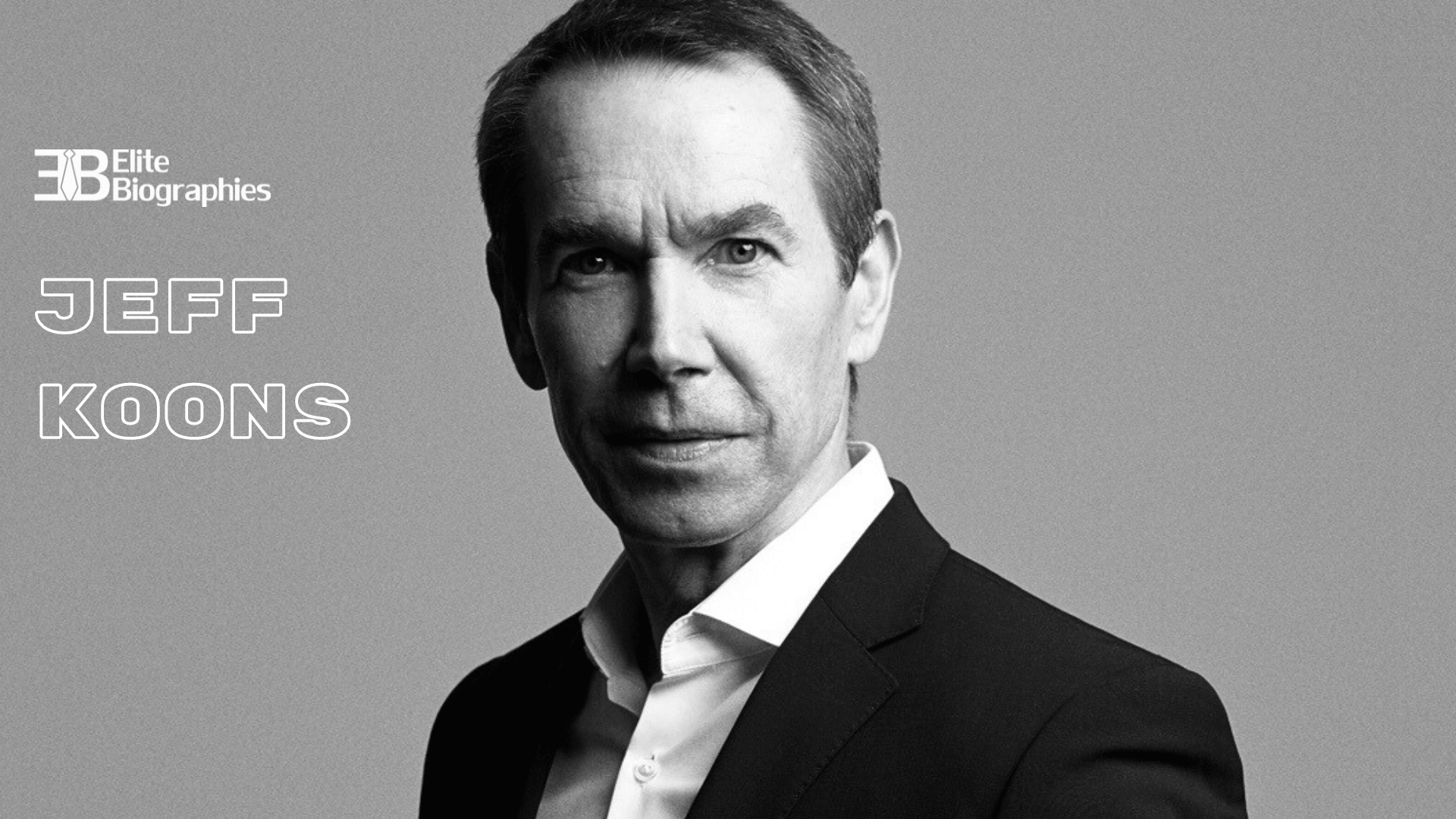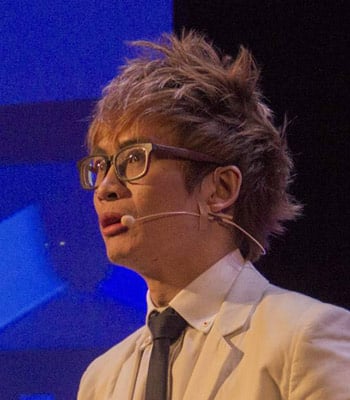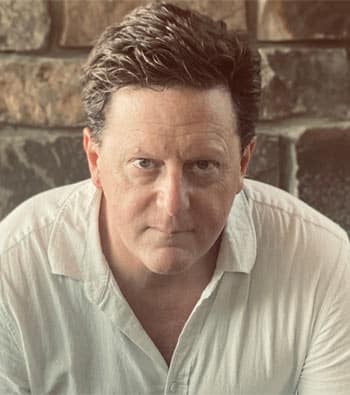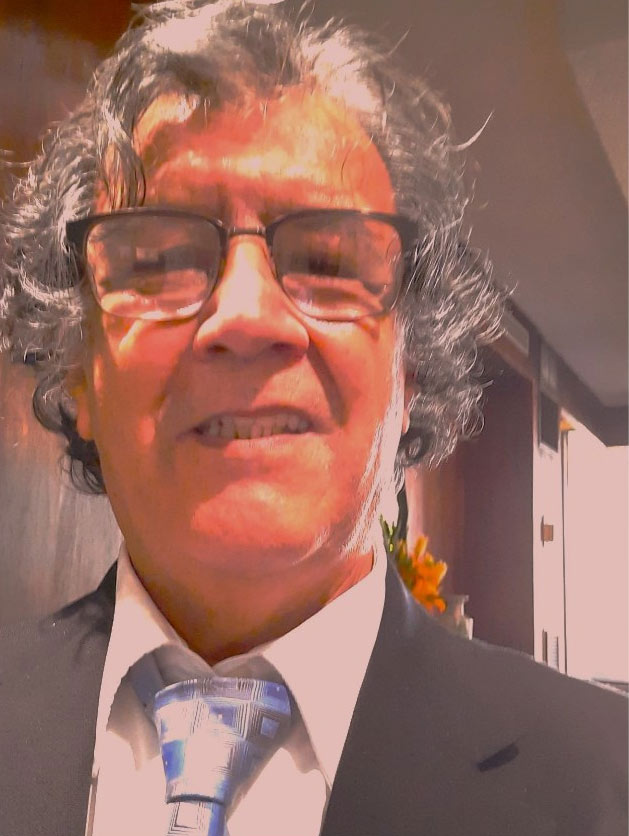Jeff Koons

Jeff Koons is an American artist known for working with popular culture subjects and his reproductions of banal objects – controversial for their aesthetic and commercial value.
Early life
Jeff Koons was born on January 21, 1955, in York, Pennsylvania. The son of Henry Koons, a furniture dealer and decorator, and Gloria, a talented seamstress, he showed an early interest in art. During his early years, his father showcased Koons’ replicas of old master paintings in his shop’s window, a strategy to draw potential customers. Young Koons had an entrepreneurial spirit; he sold gift-wrapping paper and candies door-to-door after his school sessions. His admiration for Salvador Dalí was profound during his teenage years, leading him to personally visit the iconic artist at the St. Regis Hotel in New York City.
Koons pursued his passion for painting by enrolling at the Maryland Institute College of Art in Baltimore and later at the School of the Art Institute of Chicago. It was in Chicago that he encountered the artist Ed Paschke, who had a lasting impact on him. Koons even served as a studio assistant for Paschke in the later years of the 1970s. During his time in the city, he resided in the Lakeview area and later moved to the Pilsen neighborhood near Halsted Street.
In 1977, after concluding his academic journey, Koons relocated to New York. He took up a position at the Museum of Modern Art’s membership desk while carving a niche for himself in the art world. Reflecting his admiration for Dalí, he sported red hair and occasionally donned a pencil mustache during this period. By 1980, Koons acquired a license to deal in mutual funds and stocks. He embarked on a brief stint as a commodities broker at First Investors Corporation on Wall Street. Following a summer break in Sarasota, Florida, with his family where he dabbled in political canvassing, Koons made his way back to New York. He then transitioned into a commodities brokerage role, first with Clayton Brokerage Company and later with Smith Barney.
Career
Upon graduating, Koons moved to New York in 1977. He initially funded his career with a series of jobs, most infamously working as a commodities broker on Wall Street. This financial job didn’t distract him from his artistic pursuits but rather offered the means to fund his work.
Beginnings and the Inflatable Series
Between 1977 and 1979, Koons created a collection of pieces known as his Early Works. By 1978, he embarked on the Inflatables series, which showcased inflatable flowers and rabbits of varying sizes and hues, strategically placed alongside mirrors.
Conceptual Sculptures: The Pre-New, The New, and Showroom Displays
From 1979 onwards, Koons started structuring his art into series. Early on, he explored conceptual sculpture. His series, The Pre-New, combined household items with light fixtures, leading to unique formations. Meanwhile, The New series featured vacuum cleaners. Specifically, Koons was drawn to certain brands, such as Hoover, which he showcased in lit Perspex cases. In 1980, these vacuum-themed pieces made their debut in the New Museum’s window in New York. Koons masterfully organized a combination of these vacuums, contrasting the upright ones with the more compact “Shelton Wet/Dry drum” designs. Within the museum, they were staged like products in a showroom, centered around a red fluorescent lightbox emblazoned with the phrase “The New,” hinting at a fresh concept or branding strategy. This series was later spotlighted in 1987 at the Daniel Weinberg Gallery titled “Jeff Koons: The New Encased Works.”
The Equilibrium Series: A Blend of Science and Art
Delving into another intriguing series in 1983, Koons presented The Equilibrium Series, which captured basketballs suspended in distilled water. To perfect this, he collaborated with Nobel Prize laureate physicist Richard Feynman. The Total Equilibrium Tanks, part of this series, contained only distilled water and a pinch of salt to ensure the basketballs stayed centered. Another variant, the 50/50 Tanks, was half-filled, causing the basketballs to hover at the water’s surface. The Equilibrium series also featured the Encased collection, with sculptures made up of stacked sports balls—four tiers of basketballs and one of soccer balls—presented with their original packaging inside glass cases. This series was further enriched with posters showcasing basketball players from Nike ads and ten bronze artifacts symbolizing life saving equipment.
In the 1970s, Koons began crafting sculptures from inflatable toys. His iconic artwork, “Rabbit” (1986), evolved from a readymade inflatable rabbit that Koons cast in shiny stainless steel. Initially a part of Ileana Sonnabend’s private collection, it now resides in the Museum of Contemporary Art, Chicago. This Rabbit saw a transformation in 2009 when a mammoth 50-foot air version was exhibited at Toronto’s Eaton Centre during Nuit Blanche, having previously graced the 2007 Macy’s Thanksgiving Day Parade. This series often melded souvenir shop finds with baroque influences, blurring the lines between high and low art. Notably, in 2019, “Rabbit” achieved a record sale price of US$91,075,000 at Christie’s Auction House, making it the priciest work sold by a living artist.
Luxury and Degradation Series & Kiepenkerl
Introduced in 1986 at galleries in New York and Los Angeles, the “Luxury and Degradation” series delved into the theme of alcohol. The collection featured upscale interpretations of drink paraphernalia, from stainless steel cocktail cabinets to Baccarat crystal decanters, alongside vibrantly recolored drink advertisements transformed into canvases. These appropriated ads, including those for brands like Gordon’s Gin and Hennessy, critiqued advertising’s insidious allure. Koons’ reinterpretation of a Jim Beam collectible locomotive bottle, cast in brilliant stainless steel, stood out in this series. This piece, “Jim Beam – J.B. Turner Engine” and its counterpart, “Jim Beam – Baggage Car,” which even contained actual bourbon, played with notions of luxury, suggesting a false opulence.
In 1987, for the Skulptur Projekte exhibition, Koons repurposed stainless steel for the “Kiepenkerl” statue, situated in Münster’s central square. This trader figure, while a nostalgic emblem, underwent an unexpected transformation due to a foundry error, leading Koons to explore creating original models, broadening his artistic horizons.

Net Worth
As of 2023, Jeff Koons’ net worth was estimated to be around $200 million, largely attributed to the sale of his artworks, which often fetch millions at auction. His consistent ability to capture the imagination (and wallets) of collectors has cemented him not only as a major artistic force but also as a savvy businessman in the art world.
Achievement
Beyond record-breaking sales, Jeff Koons has seen numerous accolades and achievements throughout his career:
Elite Biographies Features
Related Bios

Vinh Giang
Primarily known as a world-class keynote speaker and magician, Vinh Giang is also an entrepreneur several times over, ha...
Read More
Mick Ebeling
Mick Ebeling is a producer, author, entrepreneur, technological trailblazer, and philanthropist. He is best known as the...
Read More
J.C. Hallman
John Christopher Hallman, known professionally as J.C. Hallman, is a critically acclaimed American author of both fictio...
Read More
Sal Godoij
Sal Godoij is a dedicated and seasoned writer with a career spanning over 23 years in the publishing industry. His works...
Read More

Social Profile
While Jeff Koons maintains a relatively low profile in the realm of personal social media, fans and art enthusiasts can find updates about his works and exhibitions through official museum and gallery channels.